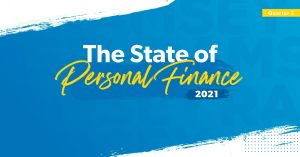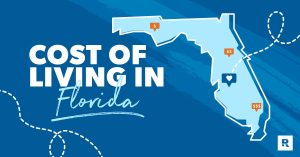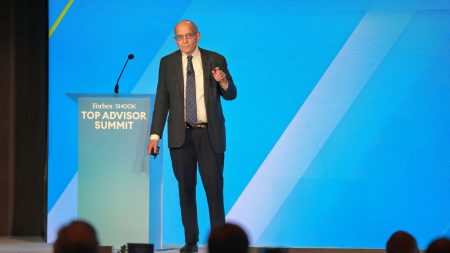The average FICO credit score in the U.S. dipped near the end of last year, the first drop in a decade, signaling it may become tougher for some borrowers to finance big-ticket items like cars or houses.
The average score fell to 717 in October, down one point from six months earlier, according to Can Arkali, FICO’s Senior Director of Scores and Predictive Analytics. The share of consumers with late bill payments rose to 18% in October from 17% six months earlier, and the average credit card utilization ratio, measuring a consumer’s revolving debt to available credit, rose to 35% from 34%, Arkali said.
Consumers are struggling as higher prices sap their buying power, forcing more people to use credit for everyday purchases, while soaring interest rates make it tougher to make ends meet. The average credit card interest rate was 21.5% in May, according to the Federal Reserve, up from 15.1% two years earlier.
“Missed payments on bank cards have increased and now exceed their pre-pandemic levels,” Arkali said.
Whether consumers make on-time payments is the biggest factor in credit scores, Arkali said, representing 35% of the overall FICO calculation. The next biggest component is credit card utilization, which is about 30% of the score calculation, he said.
“First and foremost, paying your bills on time, in full, is part of good financial health and a big part of having a good credit score,” said Brian Sullivan, chief operating and financial officer at IDIQ, a credit monitoring and credit repair company.
Having a lower credit utilization ratio signals to potential lenders that consumers aren’t stretched beyond their means, he said.
“A lower credit utilization ratio is typically better for credit scores because it doesn’t show an over-reliance on credit,” Sullivan said.
Total credit card debt in the U.S. stood at $1.12 trillion in the first quarter, 13% higher than a year earlier, according to data from the Federal Reserve Bank of New York. About 8.9% of credit card balances became newly delinquent in the first three months of the year, the highest level in 13 years.
After three years of inflation running above the 2% target rate set by the Fed, it looks like relief is in sight. Last week, the Consumer Price Index showed a 3% gain in June from a year earlier, rising at the slowest pace since March 2021.
“Inflation has eased notably over the past couple of years but remains above the Committee’s longer-run goal,” Fed Chair Jerome Powell told Congress last week. “More good data would strengthen our confidence that inflation is moving sustainably toward 2%.”
Read the full article here










